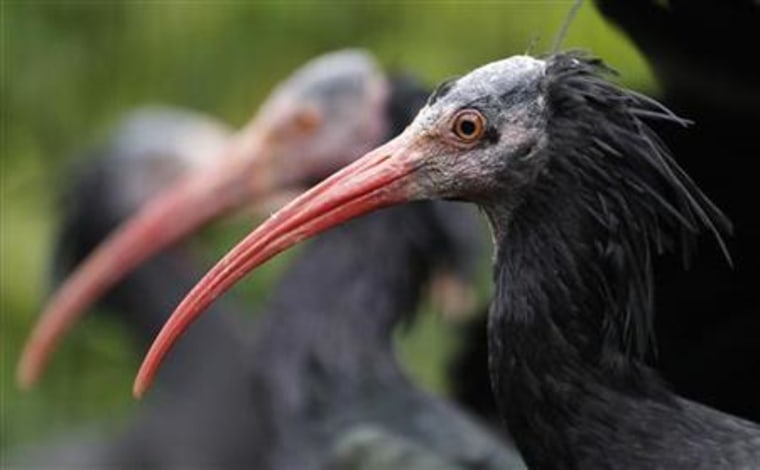A projected spate of extinctions of animals and plants this century may be less drastic than feared because the most widely used scientific method can exaggerate losses by more than 160 percent, a study said on Wednesday.
"Extinctions caused by habitat loss require greater loss of habitat than previously thought," two experts, based in China and the United States, wrote in the journal Nature.
Despite that good news, the report also endorsed past findings that human activities are wrecking habitats from the tropics to the Arctic, threatening the worst losses of species since the dinosaurs.
"Our results must not lead to complacency about extinction due to habitat loss, which is a real and growing threat," Fangliang He and Stephen Hubbell wrote.
The study, based on a survey of birds in the United States and forests, suggested the most commonly used method can exaggerate losses by more than 160 percent.
"The method has to be revised," Hubbell, of the University of California, told a news conference.
Scientists have long struggled to project extinctions as a rising human population shrinks habitats, for instance by felling forests to clear land for farms or cities. Pollution and global warming are also adding to threats.
The scientists stoked controversy by saying there was "reason to question" a U.N.-led Millennium Ecosystem Assessment that projected future extinctions at 1,000 to 10,000 times current rates, and a 2004 study saying that 18 to 35 percent of all species could be set on a path toward extinction by 2050.
Chris Thomas, the lead author of the latter study at the University of York in England, said he had published an update later in 2004 with a less severe extinction projection, broadly using techniques advocated in Wednesday's report.
"It is a pity that the authors did not realize this," he said. "And currently there is no reason for complacency that the extinction risk from climate change will necessarily be lower" than originally projected, he told Reuters.
Wednesday's report did not question findings by the U.N. panel of climate scientists in 2007 -- used by governments to guide climate policies -- that said 20 to 30 percent of species may be "at increased risk of extinction" as temperatures rise.
For scientists, the problem is they can fairly easily count species in an area -- adding one for each new bird, flower or mammal they find. It is far harder to count extinctions since that requires a judgment that the last individual has died.
Some studies in the 1970s, for instance, wrongly projected that half of all species could be lost by 2000.
More recent studies have added the idea of an "extinction debt," that species are doomed to die out once their habitat shrinks beyond a critical point. The study said estimations used by that technique were mathematically flawed.
Still, it said there was "no doubt whatsoever that the Millennium Ecosystem Assessment has correctly identified habitat loss as the primary threat to conserving the Earth's biodiversity, and the sixth mass extinction might already be upon us or imminent."
Scientists count five mass extinctions in the fossil record, the most recent 65 million years ago when dinosaurs vanished.
